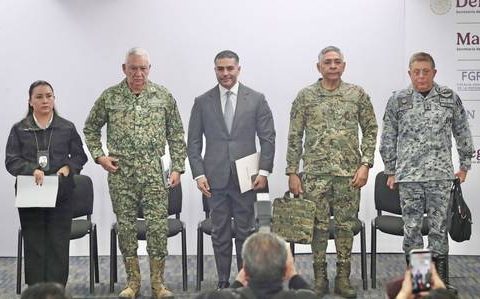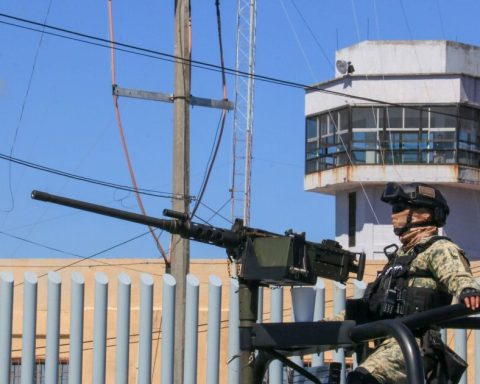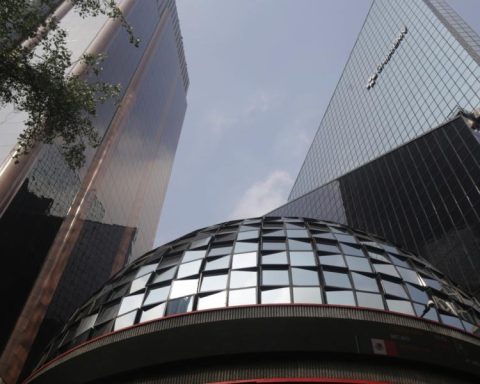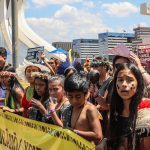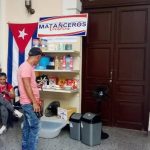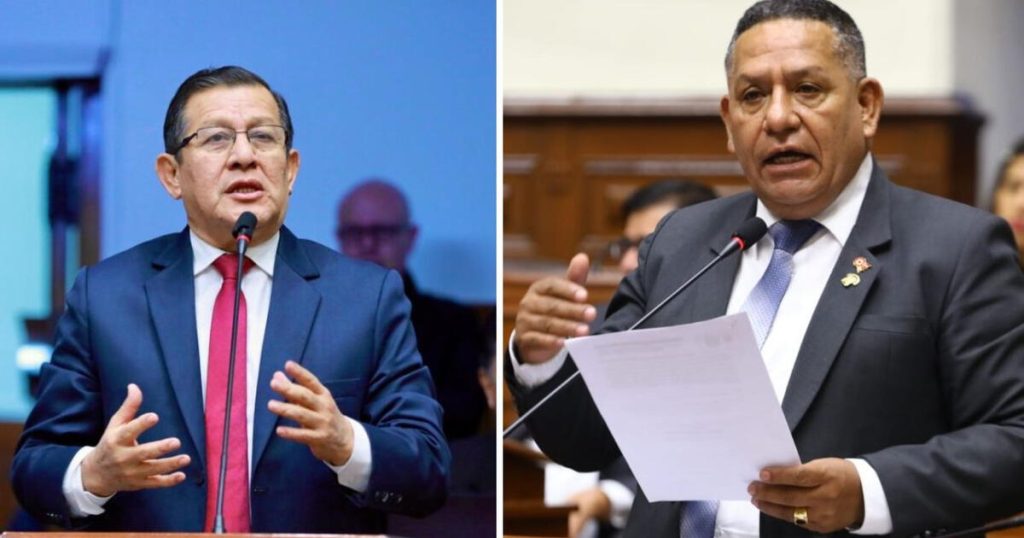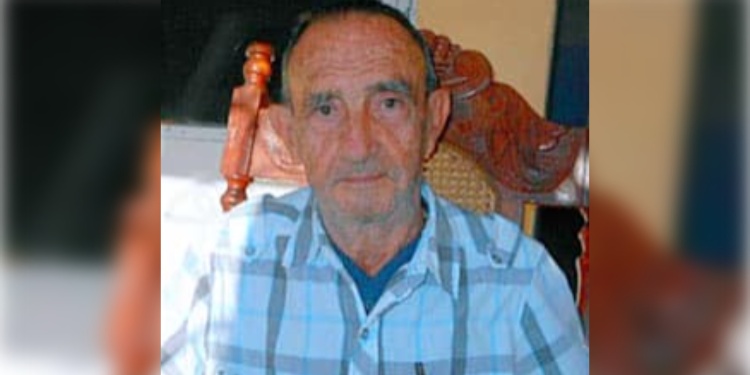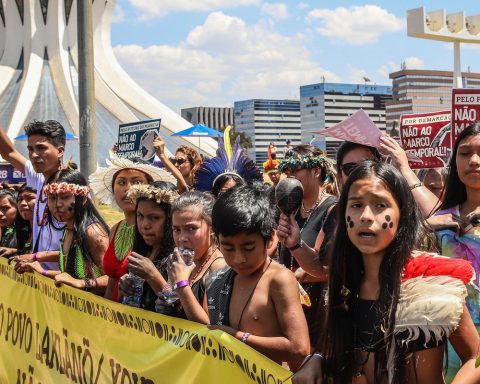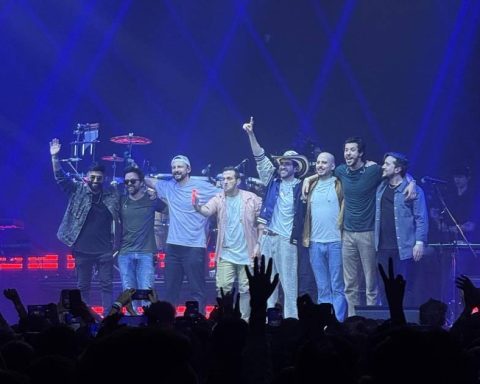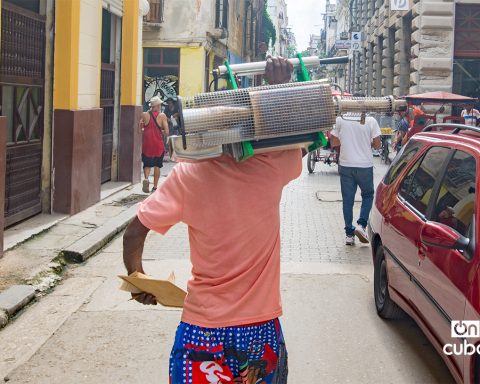L
mothers and fathers Of the 43 missing students from Ayotzinapa, they never imagined that they would reach the end of the six-year term without knowing the whereabouts of their children. Since the meeting they had in Iguala, when Andrés Manuel López Obrador was a presidential candidate, they waited very patiently for the moment when he would reveal to them what happened on September 26 and 27. The recent report that he sent to the mothers and fathers, and that did not reach everyone, could have marked the difference with the government of Enrique Peña Nieto; however, everything was left in disqualifications and conjectures.
The mothers and fathers leafed through the 29 pages to find the advances and news of the new investigations. They were puzzled that from the first page the President began by discrediting the alleged human rights defenders and international organizations such as the OAS and agencies of the United States government.
He claimed that the guilty parties of this infamous tragedy were claimed without evidence to be the Sedena soldiers. He described it as a desire for revenge by foreign persons or authorities, to weaken the Army. What was incredible was that the President’s central hypothesis did not revolve around the whereabouts of the 43, but rather around the international conspiracy that was hatched against the Army.
The results achieved with the arrival of the new prosecutor were reduced to 42 interviews of 15 detainees; 45 legal appeals against federal judges’ rulings, 280 excavations in searches and an amnesty law. The enumeration of actions does not present plausible results. No one doubts that the excavation work is arduous, but the remains that have been found do not correspond to the students. The appeals filed, in reality, are the judicial setbacks that the special prosecutor has had in the Ayotzinapa case.
The report contains inaccuracies and in some cases is untrue. In the first days after the disappearance of the 43 young people, as human rights organizations we accompanied the mothers and fathers in the search for their children in Iguala. Our main concern was to safeguard the lives of the missing students and never to conspire with a foreign government. We filed criminal complaints for the disappearance of persons, filed amparo lawsuits, presented a complaint to the CNDH and requested precautionary measures before the IACHR. The result was the signing of a technical assistance agreement.
In 2014, there was no solid evidence of the Army’s involvement in the disappearance of the 43, so no indication of its participation was made. However, the mothers and fathers, from the first day that the searches began in Iguala, had information that the Army patrolled the streets and detained students. The GIEI investigations also confirmed this: the military followed the boys from their departure from the normal school until their disappearance in Iguala; they patrolled the streets during the critical hours of the attack and made contact with the young men; they intercepted calls from key perpetrators and were able to hear what was happening to the students and where they were taken; high-ranking military officers in Iguala were in collusion with Guerreros Unidos. In addition, a witness stated that 25 students entered the 27th Infantry Battalion, where they were tortured and handed over to Guerreros Unidos. Regarding the soldier who infiltrated the school as a student, Julio César López Patolzin, there is an urgent document from the 35th military zone that confirms the information-seeking activities he carried out using the guise of a student. This is not a soldier who had a genuine desire to improve himself and become a rural teacher, as the President justified in the report.
These elements are key for the prosecution to promote an exhaustive, prompt and impartial investigation against members of the Army. The mothers and their lawyers cannot be asked for evidence about their involvement, because it would shift the burden of investigation onto the victims. It is up to the State to delve deeper into these lines of investigation and determine the responsibility of the military.
The highest levels of power tried to silence what happened and cover up those responsible. For more than eight years the Army hid information that 17 young people could have been transferred from the Iguala police station in Barandillas to Loma de Coyotes. According to investigations, on the night of September 26, the Army heard how the leaders of Guerreros Unidos and the Iguala police spoke about the fate of the students.
As the investigation progressed, the then Undersecretary of Human Rights, Alejandro Encinas, concluded in his second report that the disappearance of the 43 students constituted a State crime, in which members of the criminal group Guerreros Unidos and agents of various Mexican State institutions participated. The military are a key piece in the perpetrators’ game; they witnessed the disappearance of the 43 students; however, they did not prevent it and, worse still, they denied it in their statements. They also acted with opacity by denying all the information they kept in the Regional Intelligence Fusion Center. To affirm that there is no evidence of their involvement and to confront the victims and their representatives to present it is to place oneself on the side of those responsible.
The President’s report contains no substantial progress in the case. It limits itself to defending and covering up for the Army. The greatest achievements were obtained when Alejandro Encinas and special prosecutor Omar Gómez were in charge of the investigations, with the assistance of the GIEI. During that time, two students were identified and the statements of several witnesses were obtained, which allowed new lines of investigation to be drawn up. Twenty soldiers were also indicted. With the new prosecutor, the investigation fell through. Since then, the President took it into his own hands. His campaign promise that Ayotzinapa would be the example of how justice is done in a democratic government is a long way off.
